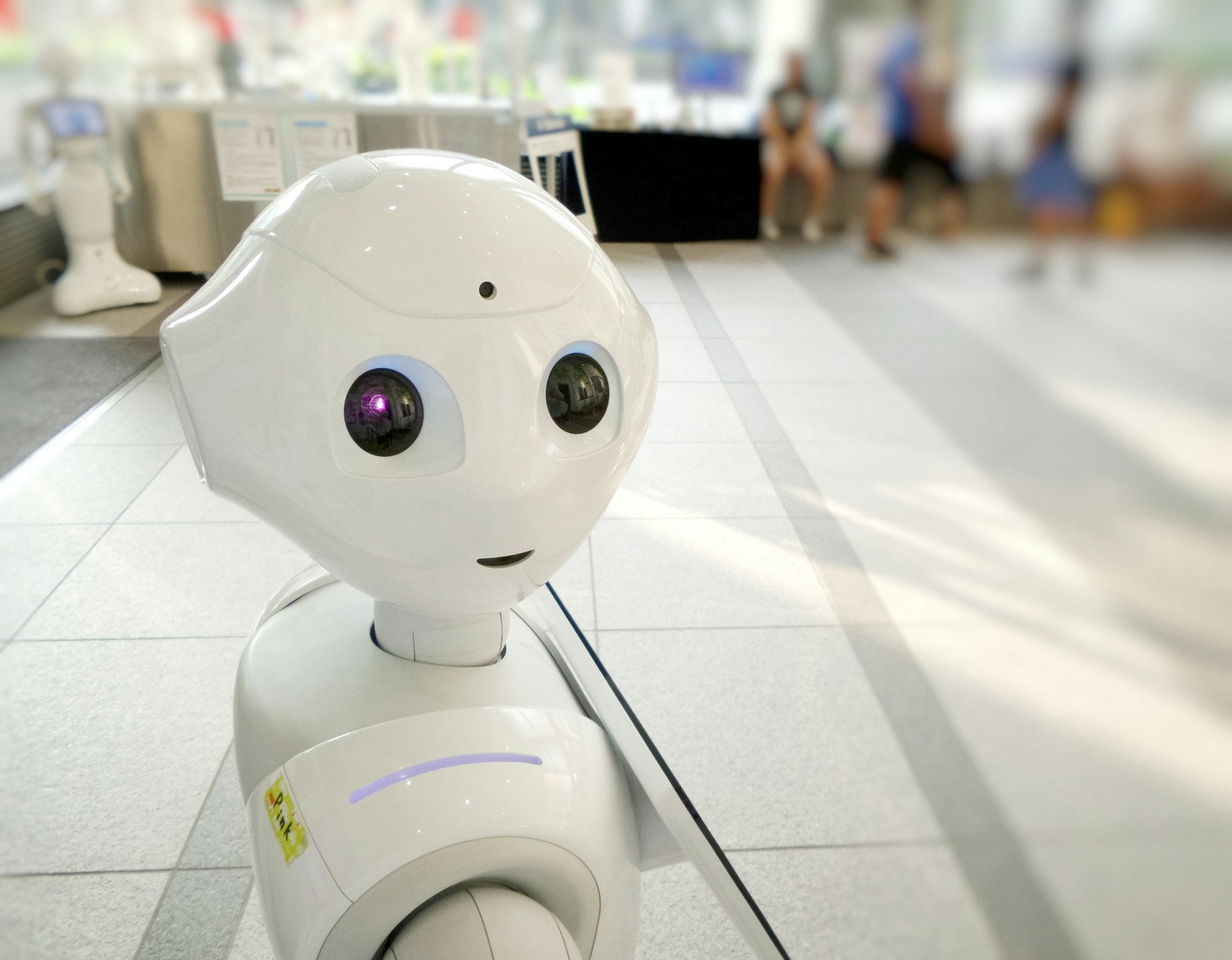Third (and last) post on my thoughts on the AI Index Report from Stanford. Part 1 and Part 2 found here. :)
More global legislation on AI than ever
This is expected as more governments found out what AI can and cannot do, it will definitely set up more legislation on how, where, and when AI can be used. How good these regulations depend on the technical knowledge of those enacting these regulations, be it guidelines or laws. The reason being is governments may want to still build up AI capabilities in their respective country as it is a game-changing technology but do not want to let these regulations stifle the innovation happening in the field.
Another thing is, for any regulations to work, enforcement is key. So to be able to enforce these regulations and not stifle innovation, enforcement agencies also need good technical talents as well, that can determine, on a case-by-case basis, with good judgment.
Robotic arms are becoming cheaper
This is good news as it can lead to more research institutions participating in robotics research, and further development of robotics talents. While, yes, we have the metaverses but all humans live in physical reality as well and robots are going to be the main actuators if we are to tap onto AI capabilities for the better of humanities. And there are lesser excuses on businesses adopting robotics in their processes. However, we are moving to the next possible challenge and that is the maintenance of these robot arms which comes back to the point about talent/capabilities development. Are you ready or is your business ready? We shall find out.
This concludes my thoughts on the AI Index report from Stanford University. Will love to hear yours as well. You can share them with me on my LinkedIn. Please feel free to link up on LinkedIn or Twitter (@PSkoo). Do consider signing up for my newsletter too.
